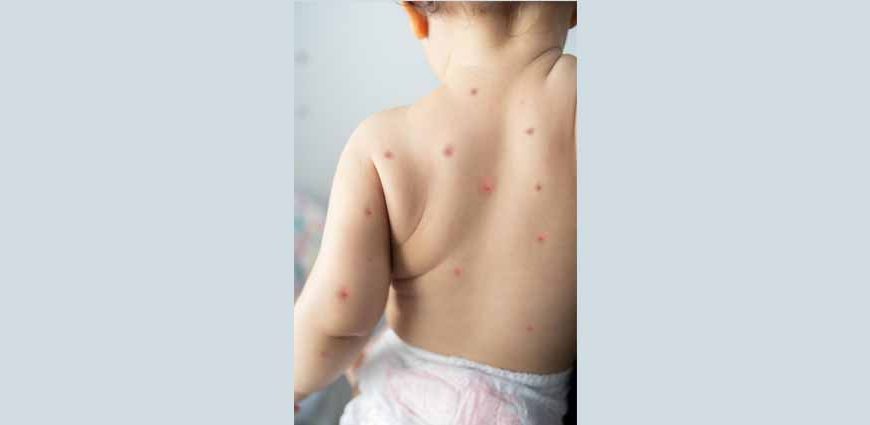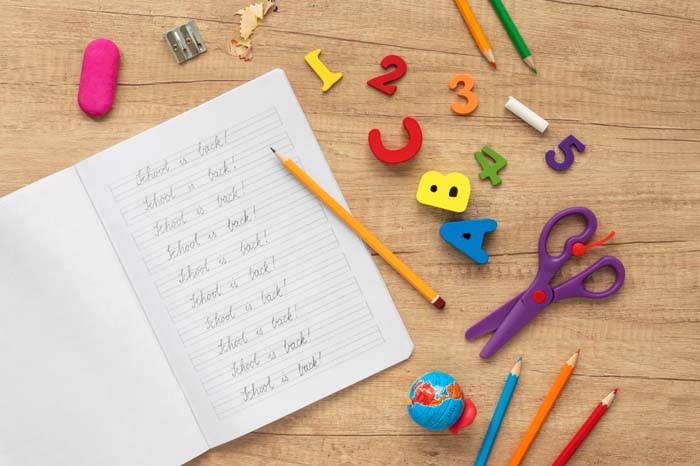Babies often have red spots and bumps appearing on their body whereupon parents sometimes get quite perplexed. This could be due to numerous reasons and there are many kinds of baby rashes but it is usually harmless. They also usually resolve themselves, but should still be kept an eye on for possible symptoms of something much more serious.
Babies have very thin skin hence little things may cause rashes. Nevertheless, if it is accompanied by a fever, vomiting, breathing difficulties, lethargy, swelling or problem in swallowing then a doctor must be consulted immediately. It might be due to allergies and if not handled well can lead to anaphylaxis.
We will cover some of the usual types of baby rashes that feature on this blog and how to cure them. It also includes a few of the home remedies for baby rash.
- Baby Acne
- The first thing to do is to keep your baby’s skin clean using cotton balls or soft washcloths.
- A mild baby oil or lotion can be used for moisturising but it shouldn’t be overdone as that can clog pores causing more acne.
- Moderate to severe acne may require treatment to prevent scarring. Consult a paediatrician for that and don’t buy over-the-counter acne treatment creams as they are not meant for babies.
- If the acne doesn’t go despite treatment, consult your doctor as the acne could be because of a hormonal balance and may require other treatment.
- Cradle Cap
- Cradle cap will often clear up on its own within a few weeks
- Use a gentle shampoo to wash your baby’s head, you can leave the shampoo on for a minute. Afterwards use a soft brush on the hair before rinsing.
- Use baby oil or coconut oil to loosen the scales and then brush their scalp using a soft brush to remove flakes.
- Use olive oil, Vaseline, coconut oil or vegetable oil and leave it overnight. Use a mild shampoo to wash your baby’s hair and rinse the day after.
- In cases that require more attention a doctor prescribes a low-potency antifungal or steroid cream.
- Atopic Eczema
- Keep the skin hydrated.
- Steroids, moisturisers or eczema creams can ease symptoms if prescribed by a paediatrician.
- Covering the area with bandages might be necessary in some cases.
- Diaper Rash
- Keep the area clean and dry
- Change their diapers frequently.
- Apply diaper rash ointment or cream
- Loosen the diaper or use a bigger size as this allows more airflow.
- Cloth diapers are a great option
- Wash them in fragrance-free detergent and completely avoid fabric softeners
- Milia
- Measles
- One must contact a doctor immediately if the child has measles.
- Once confirmed, isolate the child.
- Vitamin A and ribavirin are believed to hasten the recovery process.
- Monitor the child’s fever and don’t allow it to go too high.
- If your child hasn’t been vaccinated yet, the doctor may give an immune globulin injection which eases symptoms.
- Meningitis
- At the first signs of meningitis, take the baby to a hospital; it’s a medical emergency.
- Antibiotics alongside the fluids will be given for dehydration treatment.
- Certain cases need steroids for brain swelling reduction.
- Meningitis vaccines are available to safeguard kids against some forms of the disease
- Chickenpox
- Please inform the physician if the child is suffering from high fever, rash around the eyes, stiff neck, severe cough or vomiting gut difficulty breathing.
- In the more severe cases or in congenital chickenpox the physician can prescribe acyclovir which is an antiviral drug.
- For an unvaccinated baby, avoid contact with anyone infected.
- Molluscum Contagiosum
- Treatment is optional as these rashes usually go on their own within 18 months.
- Some doctors may use cryotherapy or freeze the bumps, remove via curettage or apply wart-removing creams or chemicals. However, most doctors wouldn’t recommend it as it can cause burns or scarring.
This rash is very common and nothing serious. It is quite common in the first few weeks of an infant’s life and may persist from a few days to a few months. One cannot tell why babies suffer acne but it is likely because of the mother’s hormones present in the womb. Babies develop tiny white or red pimples on their cheeks, chin, nose and forehead similar to teenagers.
Treatment
Cradle cap is another common rash in newborns with greasy yellow or brown scales on the baby’s head. In some cases, it can spread to the face or neck. It usually occurs when the baby is 2 to 3 months old and is not contagious. Though not certain, it could be because of fungus or high sebum levels. Large flakes may develop which often fall off taking some hair with it. At times, the skin may become red and may be accompanied by a smell.
Treatment
Eczema makes the affected area red, itchy and at times even fissured. Atopic eczema is hereditary which means that newborns can inherit it from parents. They should avoid triggers such as scented soaps and detergents, allergens including a humid environment, or dust mites, and fibres like wool or synthetic materials is advisable.
Treatment
Most parents will be faced with diaper rash at one point. Mild rashes will have only a few red bumps in a certain area whereas severe rashes look red and sore. It’s caused by constant contact with faeces and urine, if the diaper is not changed on time. Disposable diapers may contain fragrance that cause a reaction. Occasionally, such cases can be due to fungal or yeast infection. After the introduction of solid foods in babies acidic foods are well-known for causing diaper rashes.
Treatment
Milia are small white bumps that usually develop around a baby’s nose. It is harmless and it happens as a result of closed pores which are clogged with dead skin cells. They can also be seen on the roof of the baby’s mouth or the gums. The spots shouldn’t be itchy or painful.
Treatment
The spots usually clear up on their own within a month after birth.
This viral infection caused by the paramyxovirus virus is similar to the fifth disease. Small red bumps with white dots form inside the cheeks and are followed by a fever. The rash rapidly spreads from the face to the back and torso and then to the arms and legs. It is highly contagious and has symptoms such as a red and runny nose, loss of appetite and energy levels, nausea, vomiting and diarrhoea and swollen lymph nodes.
Treatment
Meningitis is a severe condition which affects the membranes covering the brain and the spinal cord. The infection should be dealt with immediately as it may lead to fatal septicemia thereby causing permanent brain and nervous system damage. Meningitis is caused by viral or bacterial infections though viral infections are more common than bacterial infections. The first indication is a patchy rash with some small red bumps concentrated in one area.
Treatment
Chickenpox is a red, itchy rash caused by the varicella-zoster virus which can cause fever-like symptoms in the baby before the rash develops. Babies are afflicted with this infection as they cannot be vaccinated before their first birthday. Symptoms are flu-like which are, fever, cough, lack of appetite, irritability and tiredness. With time the rash develops into fluid-filled blisters that break and become open sores. It starts to scab, heal over and this process needs from 5 days to 2 weeks.
Treatment
Molluscum contagiosum is a virus too that causes pink bumps with dimple centres. It mostly happens on the head, neck, armpits and torso. The only symptom of this infection is the rash which can occur in isolation or clusters.
Treatment
There are many other kinds of baby rashes like Erythema Toxicum Neonatorum (ETN), Hives, Impetigo, Fifth Disease, Hand, Foot and Mouth Disease, Miliaria, Scabies and Ringworm to name a few. Most rashes are harmless but always contact your paediatrician if it is accompanied by a fever.
For more such blogs, visit EuroKids website.
















